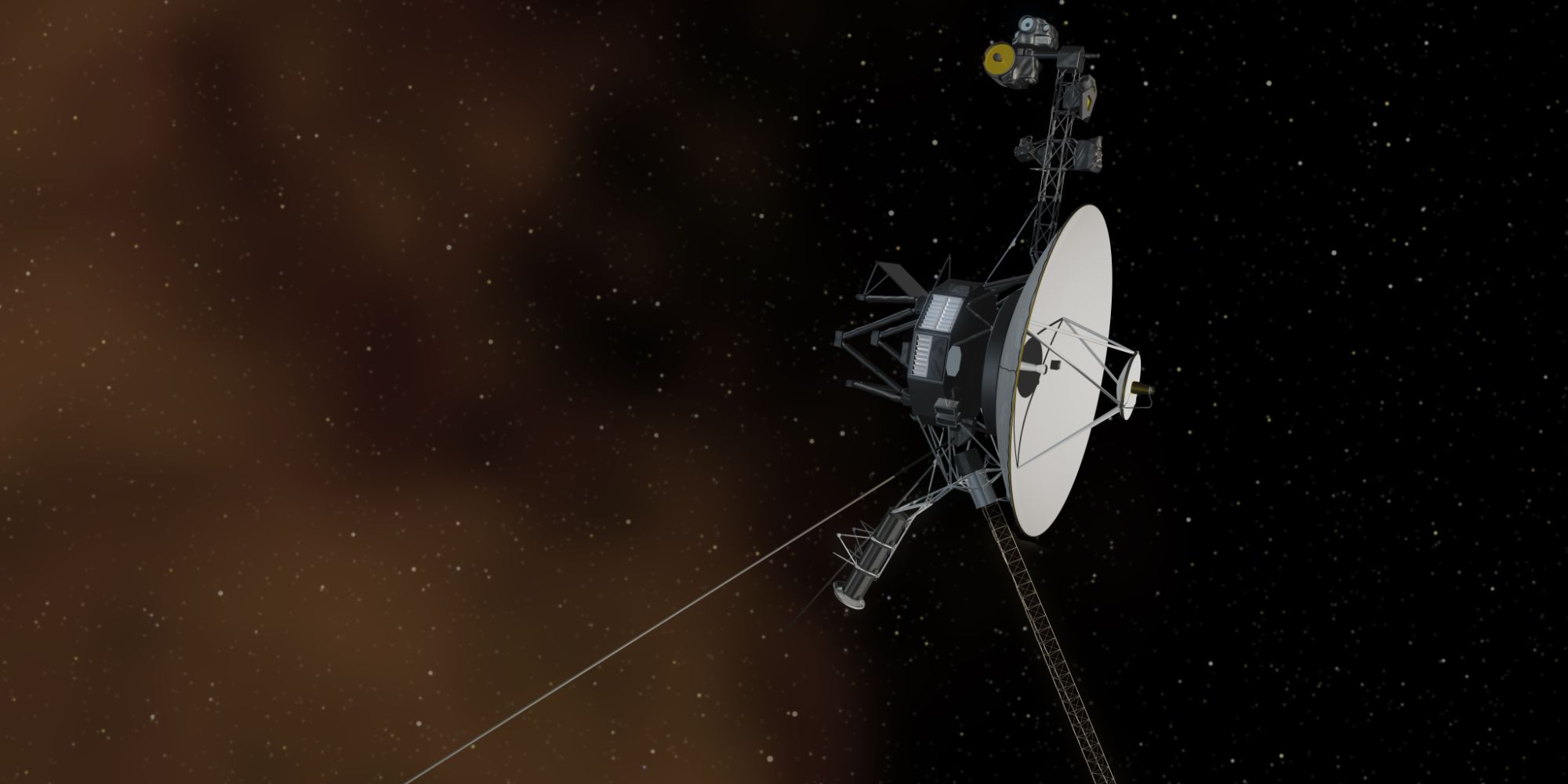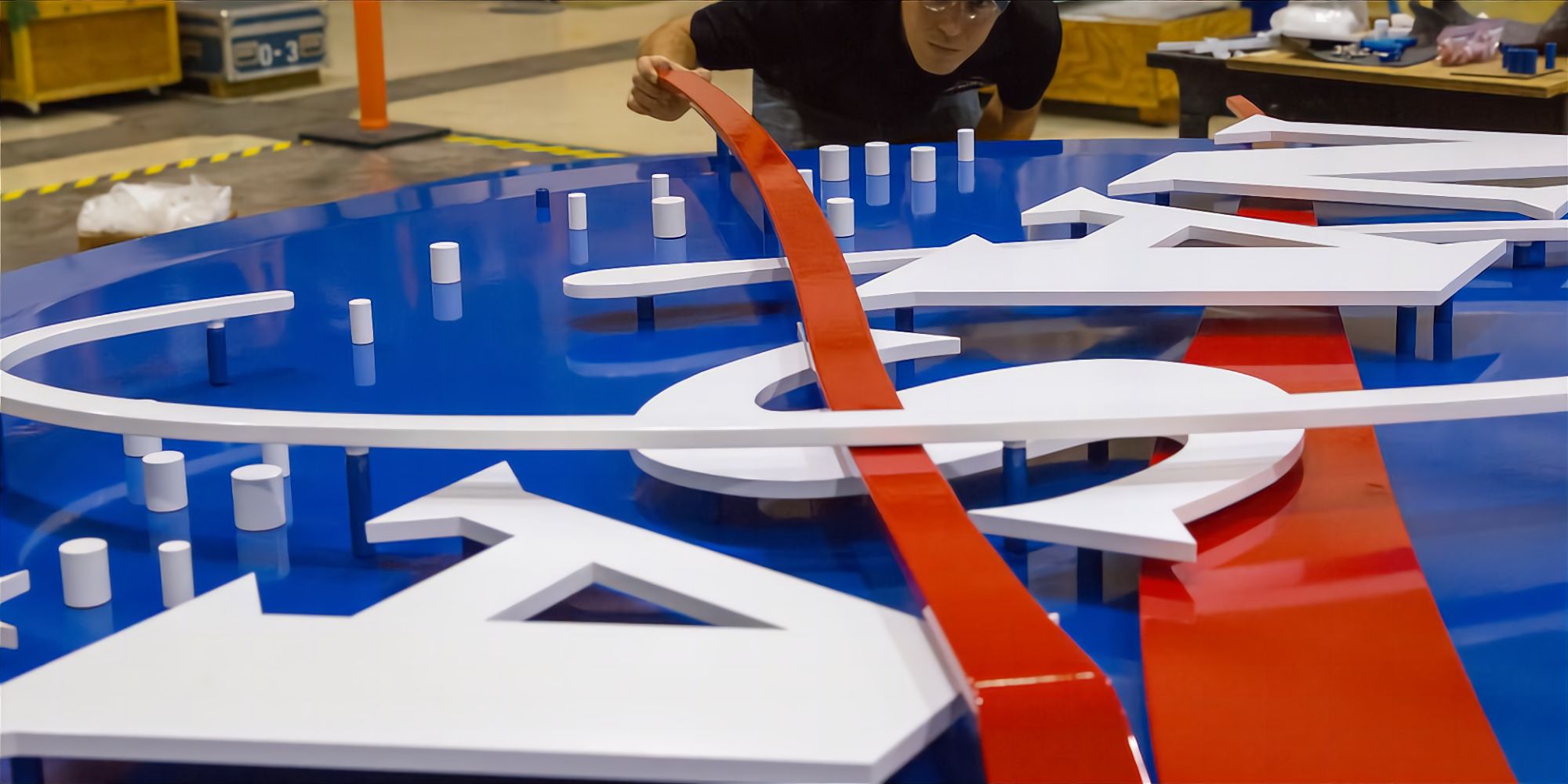NASA's Voyager 1 probe has been instrumental in exploring our Solar System. Nearly 45 years since it launched from Earth, Voyager 1 is now sending back unexplainable signals that have NASA stumped. In the 60+ years that NASA's been in operation, the space agency has launched a multitude of spacecraft into the depths of the universe. Between the Columbia Space Shuttle, Sputnik 1, Hubble, Galileo, and numerous others, these instruments have helped broaden our understanding of the universe time and time again.
Also important is Voyager 1. Launched in September 1977, Voyager 1 was tasked with exploring the outer Solar System and other parts of space that extend beyond the Sun's heliosphere. Amazingly, Voyager 1 remains active to this very day. It's around 14.5 billion miles from Earth and actively sending data back to NASA — despite being well over four decades old.
Voyager 1 operations are usually routine at this point. NASA can send commands from Earth, Voyager 1 can send science data back to the team, and it's all a well-oiled process. But something strange came back with Voyager 1's last transmission. Per a report from NASA on May 18, there's a new 'mystery' with Voyager 1. The probe is operating normally and returning science data as it always does. But not all of the data is lining up. According to NASA, "readouts from the probe's attitude articulation and control system (AACS) don’t reflect what’s actually happening onboard."
What These Strange Signals From Voyager 1 Could Mean
What does that all mean? The data NASA's receiving from Voyager 1 looks like it's 'randomly generated' and doesn't at all indicate "any possible state the AACS could be in." Voyager 1 appears to still be functioning all right, but for some reason, its AACS indicates otherwise. NASA can confirm this, seeing as how Voyager 1's safe mode hasn't been activated, but that doesn't explain that strange data coming from the AACS.
What does all of this mean? At this point, NASA isn't sure yet. The next steps are to continue monitoring Voyager 1's data to try and determine what caused the strange signals. The AACS could be sending the incorrect data directly, another system onboard Voyager 1 may be responsible, or it could be something else entirely. This early on, NASA just doesn't know.
Although that may sound like a scary situation to be in, NASA isn't too worried about what's happening. As explained by Voyager 1 project manager Suzanne Dodd, "A mystery like this is sort of par for the course at this stage of the Voyager mission." 45 years of operation is a long time for any spacecraft, let alone one that's been exposed to a "high-radiation environment." No one knows what the answer is, but for a probe that's been working since the late 70s, we think a little hiccup is well-deserved at this point.
Source: NASA


